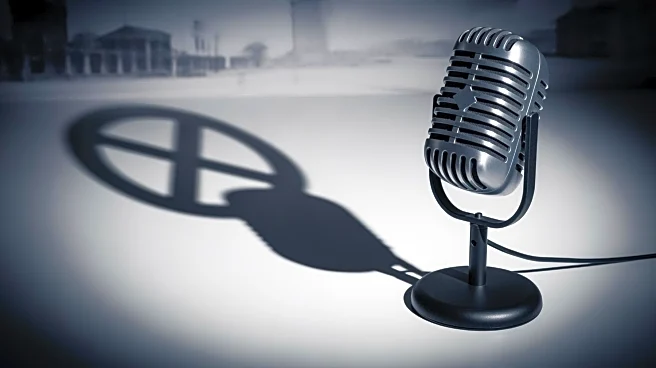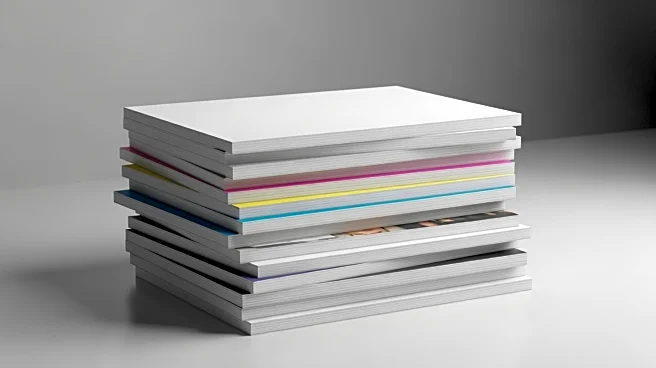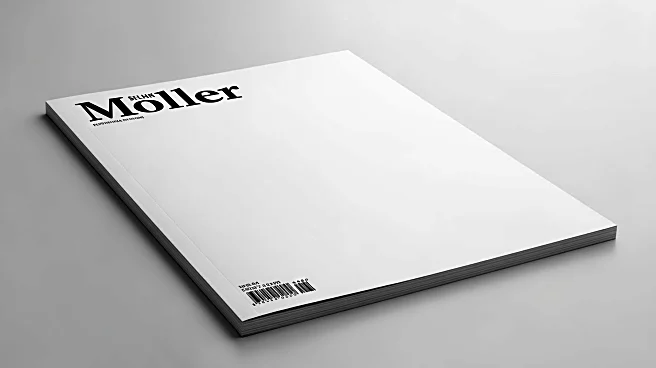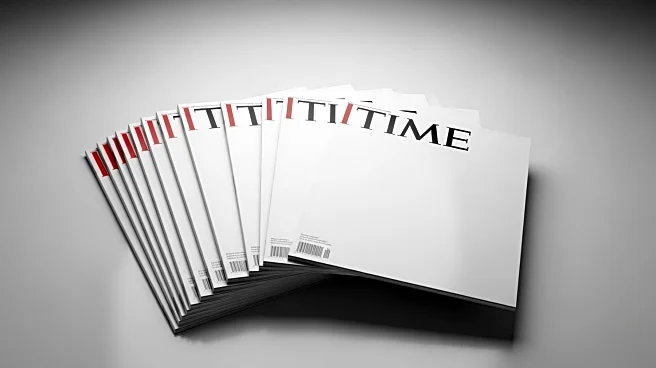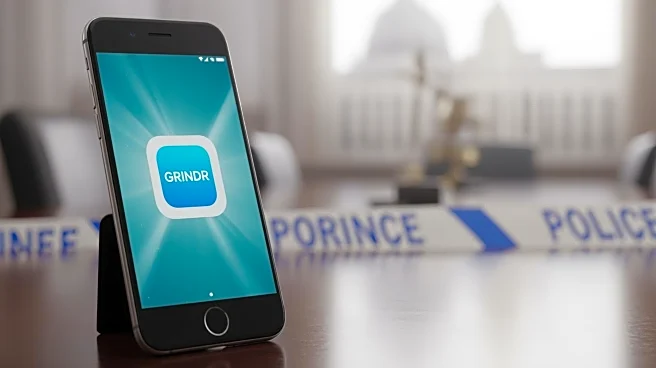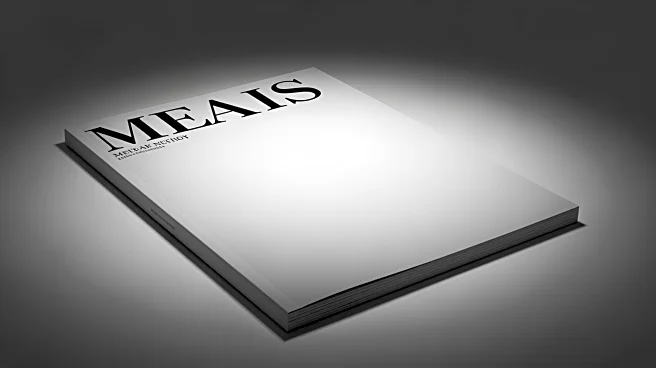What's Happening?
Time Magazine's latest cover featuring President Trump has sparked controversy due to its alleged resemblance to a famous portrait of Nazi war criminal Alfried Krupp. The cover image, which shows President Trump with
clasped hands leaning over the Resolute Desk, is framed by two flags. Social media users have pointed out similarities to a 1963 portrait of Krupp by Arnold Newman, which also features a similar pose and lighting. Krupp, a German industrialist, was convicted for using forced labor during World War II. Time Magazine has denied any intentional connection, stating that the references for the photoshoot were past presidential portraits in the Oval Office. The controversy has been fueled by social media speculation, despite Time's assertion that such claims are unfounded.
Why It's Important?
The controversy surrounding the Time Magazine cover highlights the sensitivity and potential impact of visual media in shaping public perception. The alleged resemblance to a war criminal's portrait has sparked discussions about the ethical responsibilities of media outlets in their portrayal of public figures. This incident underscores the power of imagery in political discourse and the rapid spread of interpretations through social media. It also reflects the ongoing scrutiny faced by President Trump in media representations, which can influence public opinion and political narratives. The situation illustrates the challenges media organizations face in balancing artistic expression with public sensitivity, especially in politically charged environments.
What's Next?
Time Magazine's response to the controversy may involve further clarifications or statements to address public concerns. The magazine might engage in discussions about editorial decisions and the influence of historical references in contemporary media. Additionally, the incident could prompt media outlets to reassess their approach to visual storytelling, considering the potential for unintended interpretations. Stakeholders, including media analysts and political commentators, may continue to debate the implications of the cover, potentially influencing future editorial practices. The controversy may also lead to increased scrutiny of media portrayals of political figures, emphasizing the need for careful consideration of historical and cultural contexts.


